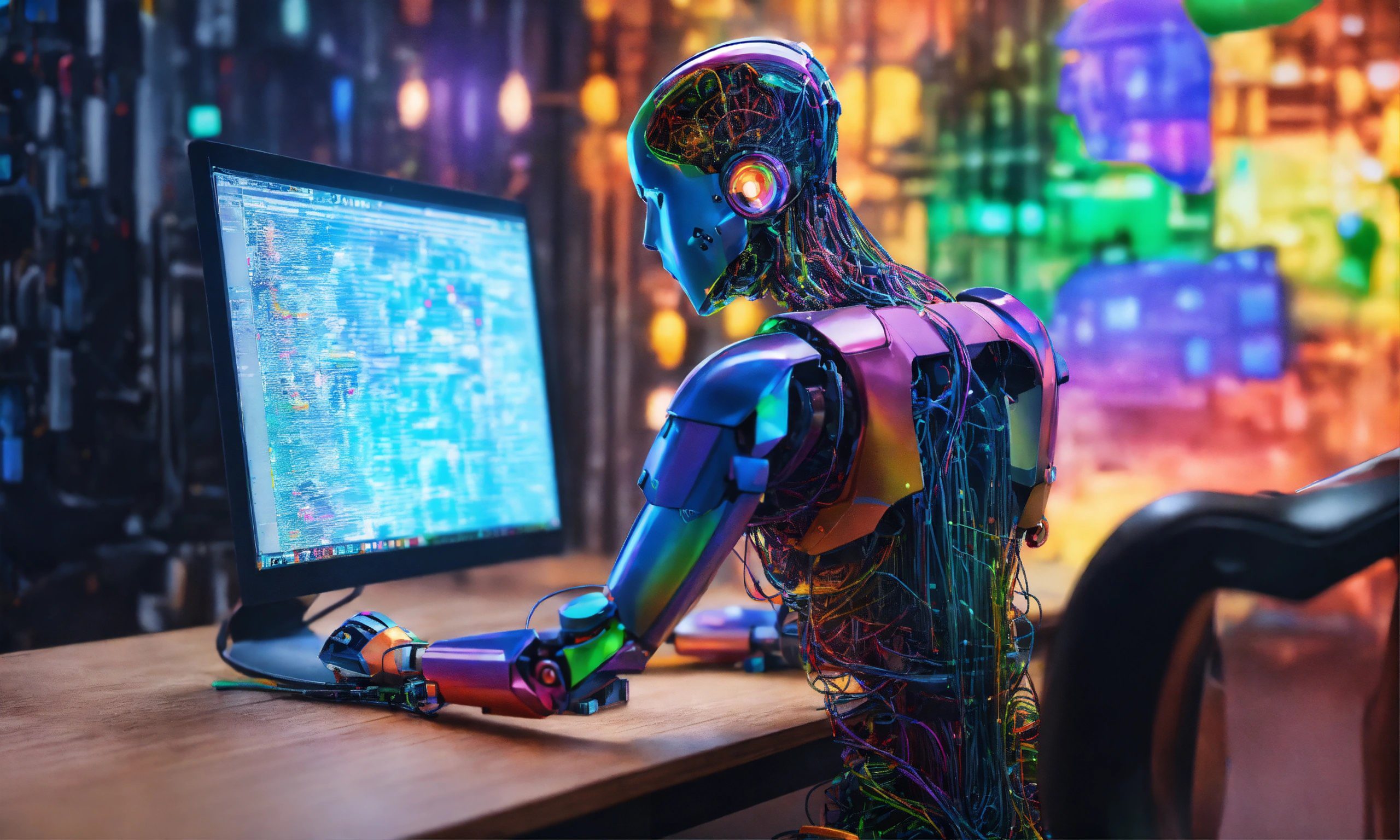Game development involves a complex web of systems put together to deliver one of the most loved forms of entertainment and social interaction. When you click on a game on your PC or any other platform, you are welcome to a virtually real experience. The technologies behind this realization are the merging of engines, drivers, and AI systems that work simultaneously to deliver the ultimate gaming experience.
Hence, the inner workings of video games, from graphics and immersive gameplay to artificial intelligence and aim-assist mechanics, are a complex web of software that powers everything. This article will take you through the gaming software and explain the use of each part and the technologies that make gaming possible.
Artificial Intelligence (AI)
AI plays an important role in many modern video games. Game developers use AI algorithms to create non-player characters (NPCs. AI is the technology behind the development of the best working modernware cheats used in some games. In addition, it provides lifelike behavior and intelligent decision-making for NPCs and opponents or enemies. The generated characters are able to move within the gaming environments, interact with real players, and respond to different conditions. These AI systems can also use techniques such as pathfinding and decision-making, just like humans. That makes the gaming world feel alive and dynamic.
Gravity Engines
Developers ensure the gaming environment follows the laws of physics so it can have the actual effects of a real-world environment. Hence, the physics engine is responsible for how objects interact with each other and their environment. These engines calculate factors such as gravity, friction, and collision detection to create realistic movement and interactions. Physics engines are essential for creating immersive gameplay experiences, enabling realistic animations, destructible environments, and dynamic object interactions.
Visual Engines
Visual engines are responsible for creating the visual aspects of a game, including graphics, textures, and lighting effects. Ray tracing, rasterization, and shading techniques enable these engines to create lifelike 3D environments. This technique also forms and enables the characters. The visual or rendering engines keep changing in line with the existing hardware capabilities. Hence, they allow developers to create even more realistic and visually exciting games.
Communication Systems
Networking technologies enable online multiplayer gameplay. Hence, allowing players to connect and compete with each other over online platforms. These systems also facilitate the relay of information between players and servers. It’s the same engine that enables the game operations to work together in harmony at the same time and actions in real-time. The communication system also supports features such as voice chat and social media interactions to allow the exchange of information between many players.
Sound Engines
The audio engines enhance the sounds and music in a game. Otherwise, gaming would be very boring without the immersive audio environments. These engines use various systems such as spatial audio, reverb, and dynamic sound mixing to produce realistic sounds of gaming characters and machinery. Audio engines are also necessary for communicating gameplay information, operator footsteps and gunfires. That helps players to react to stimuli influencing the player’s view of the game.
Input Systems
Gaming is not possible without the use of external hardware to control the gaming. Hence, the developer incorporates Input handling systems for such input devices as controllers, keyboards, and others. These input devices communicate to the server what the player intends to do, such that when you press a button, click a mouse, or move joystick inputs, the corresponding actions are shown in the game. Input systems also facilitate features such as adjusting settings, allowing players to customize the game according to their gaming needs.
Aim-Assist
Aim-assist mechanics are common in many shooter games. They help players aim more accurately by automatically adjusting their crosshairs or weapon direction. These mechanics use algorithms to tell the player’s intended target by analyzing movement patterns and enemy positioning. Hence, they provide the player with the right assistance without affecting his skill or challenge. Aim-assist mechanics can be changed to allow players to adjust the level of assistance.
Conclusion
The entire system that handles the functions of modern video games is a result of the integration of many other subsystems. The combination of complex technologies and algorithms delivers a display of real-life images and engaging gameplay experiences. The systems also enable the various functionalities to work together in harmony without conflict. From AI-driven characters to realistic simulations and from mind-blowing graphics to online multiplayer engagements, the role of gaming software is key in the development of the gaming landscape.




